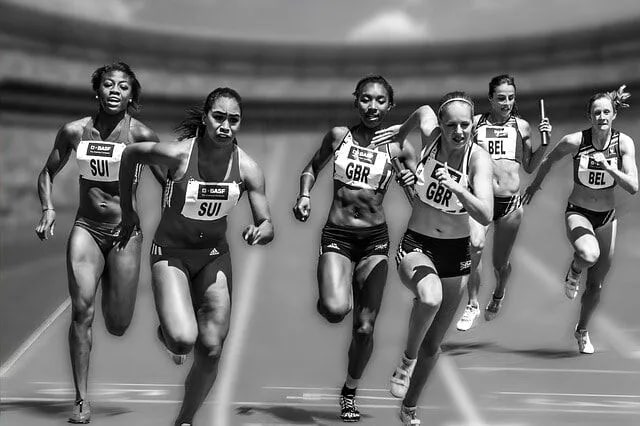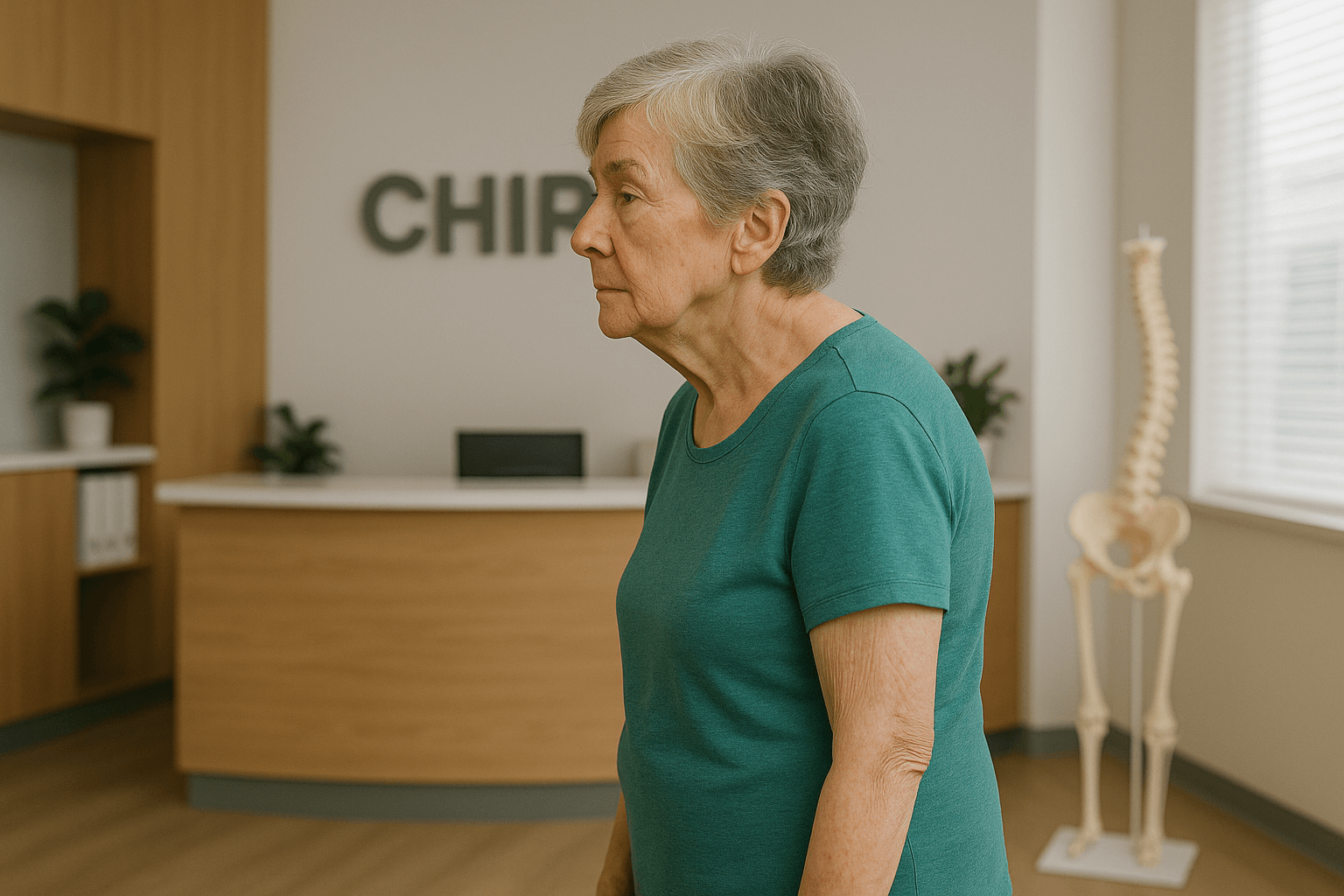Knee and ankle injuries are some of the most common and frustrating issues people face. Whether from sports, a bad fall, or even just an awkward step, these injuries can seriously impact mobility and quality of life.
The problem? Many people either ignore the pain, rely on painkillers, or choose quick fixes—which often leads to more damage over time.
If you’re dealing with a knee or ankle injury, understanding the causes, proper treatment, and best recovery strategies is key to getting back on your feet—literally!

TL;DR – Quick Guide
- Knee and ankle injuries often result from sports, poor posture, or sudden trauma.
- Ignoring these injuries can lead to long-term mobility issues.
- Treatment includes posture correction, strength training, and movement retraining.
Common Causes of Knee and Ankle Injuries
Many issues with the lower limbs, including muscle strains, meniscal injuries, arthritis, ligament sprains, tendinitis, and Achilles ruptures, stem from poor posture and structural imbalances.
The Role of Poor Posture in Injuries
Your legs and feet should face forward (or slightly off-center) so that your hips, knees, and ankles bend in the correct direction. However, if either leg is twisted or rotated—even slightly—the strain on your joints, ligaments, and muscles increases dramatically.
Simple Posture Test
Try this at home:
- Stand in your normal position and look down at your feet. Do they point straight ahead?
- Does your big toe align forward, or is it angled inward/outward?
- Are your feet flat or overarched?
- When you squat, do your knees point inward or outward?
If there is misalignment, these are signs that your legs are twisted—a major contributor to knee and ankle injuries.
Why Standard Treatments May Not Work
Many people attempt to fix foot and leg mechanics using custom insoles, orthotics, taping, stretching, or massage. While these approaches may relieve symptoms temporarily, they do not correct the root cause and can lead to instability and further injuries.
The Advanced BioStructural Correction Approach
Advanced BioStructural Correction (ABC) focuses on untwisting and realigning the bones of the feet and legs while correcting the entire frame. This eliminates excess stress, reducing the need for orthotics and other temporary solutions.
Benefits of ABC:
- Restores natural movement patterns
- Reduces strain on joints and ligaments
- Helps alleviate chronic pain and discomfort
- Improves mobility and athletic performance
- Can even show improvements in arthritis when monitored with X-rays
Many of our clients who struggled to walk without pain have regained comfort and function, while athletes have used this method to reduce injuries and enhance performance.
Taking Action: Steps for Recovery
1. Address the Root Cause
Ignoring pain or relying on quick fixes will only lead to chronic problems. Instead, work on correcting your posture and structural imbalances.
2. Strength Training and Movement Retraining
Strengthening the muscles around your knees and ankles while retraining your movement patterns can help prevent reinjury.
3. Seek Professional Guidance
If you’re experiencing persistent pain, don’t wait. A professional assessment can help determine the right course of action for your recovery.
Key Takeaways
- Knee and ankle injuries are common but should not be ignored.
- Painkillers and braces only mask symptoms—they don’t fix the underlying issue.
- A comprehensive recovery plan should include posture correction, strength training, and movement retraining.
- If you’re struggling with a knee or ankle injury, take action today to prevent long-term damage.
FAQs
1. How long does it take to recover from a knee or ankle injury?
Recovery time depends on the severity of the injury. Mild strains may heal in a few weeks, while ligament tears can take months. Proper rehabilitation speeds up recovery.
2. Can I continue exercising with a knee or ankle injury?
It depends on the injury. Some movements can worsen the damage, while others (like controlled strength exercises) can aid recovery. Always consult a professional before continuing exercise.
3. What’s the best way to prevent future knee and ankle injuries?
- Strengthen muscles around the joints
- Improve posture and movement patterns
- Wear proper footwear for support
- Avoid repetitive strain without rest
4. When should I see a specialist for my injury?
If you experience persistent pain, swelling, or difficulty walking, it’s time to seek professional help. Delaying treatment can lead to chronic issues.
5. How do I get started with a proper recovery plan?
To book a consultation, please contact us through our website or call our clinic directly. We’re here to help you achieve optimal health and well-being.






